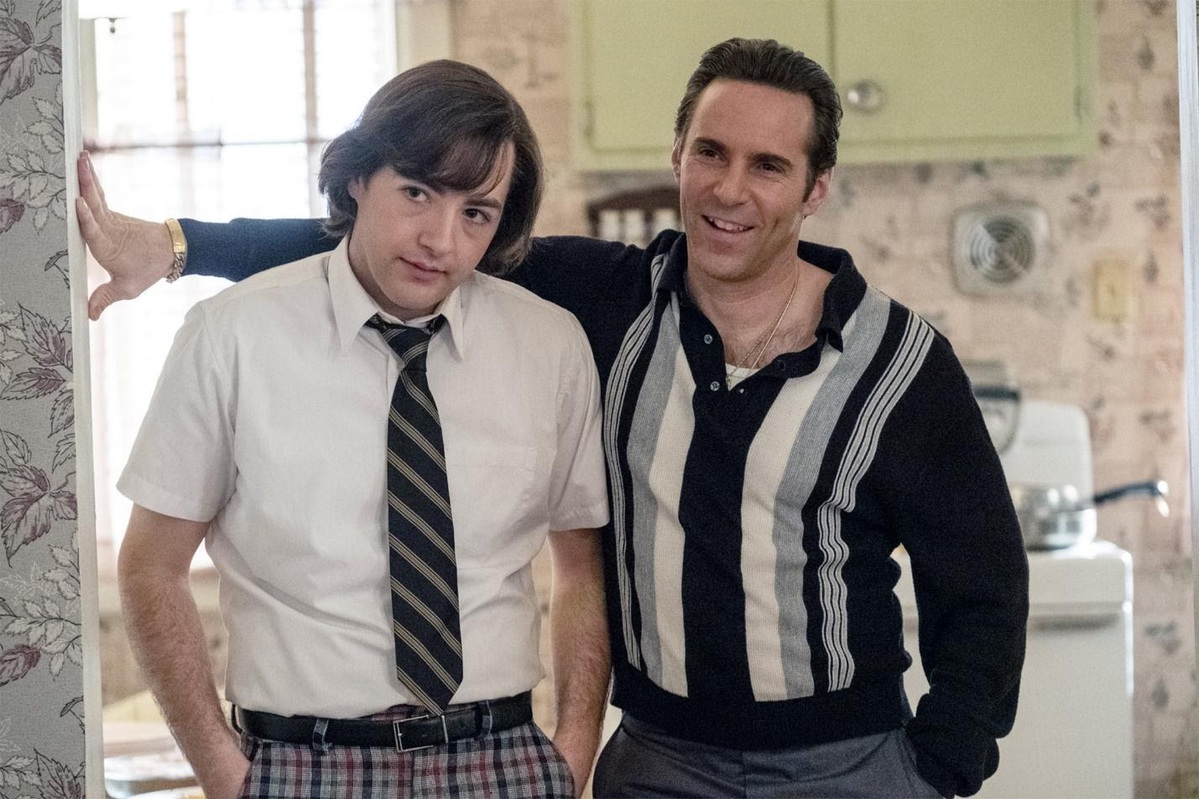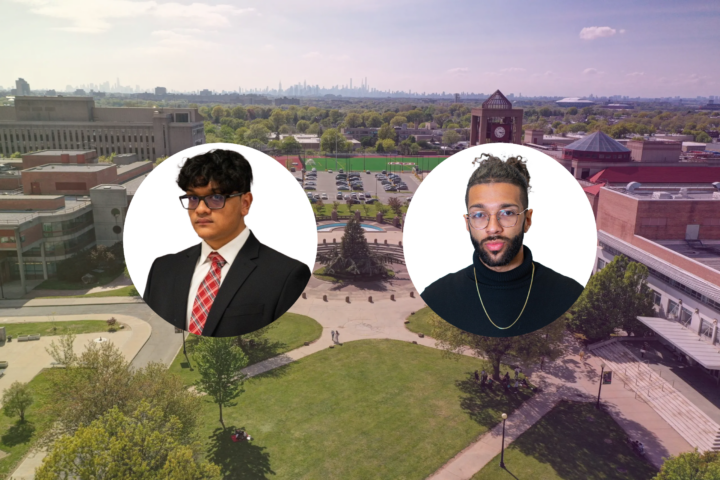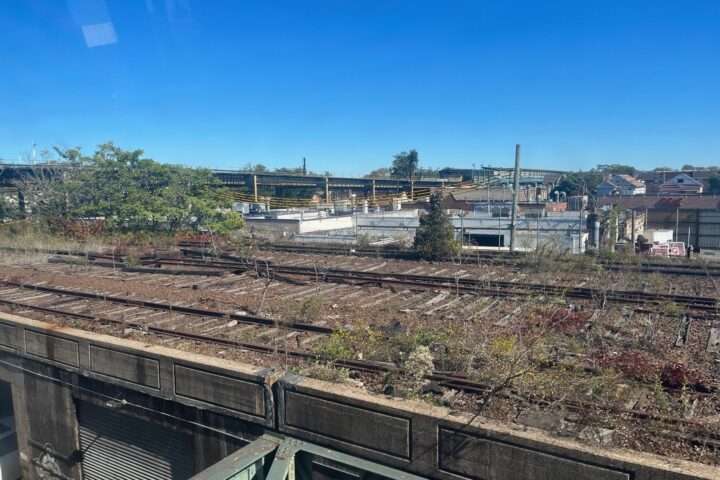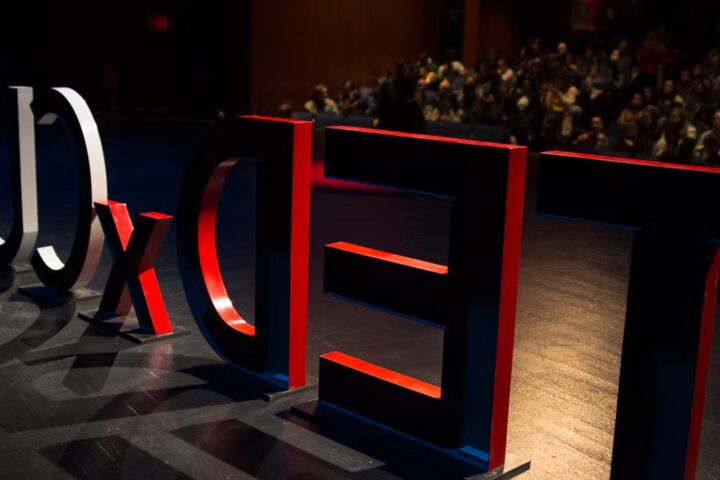The fans of the popular HBO series The Sopranos had been eagerly anticipating the release of Many Saints, a prequel to the hit show, for a while. The movie was first scheduled to be released in September 2020, but due to the impact of COVID-19, it was rescheduled for March 2021 and then delayed again before finally being released on September 24, 2021. That day, I went to the Jamaica Multiplex Cinemas to watch the movie. After the movie ended, I felt gloomy as I walked out of the theater. All that anticipation was not worth it.
Many Saints focuses on the life of Dickie Moltisanti played by Alessandro Nivola. We follow Dickie as he navigates a turbulent Newark during the 60’s race riots. We know he is a flawed antihero and a murderer, and we see him having a major influence on a young Tony. However, Dickie’s character is not developed enough for viewers to truly invest in him. Additionally, the film’s portrayal of the race riots in Newark is a mess. They are mere historical background while the central plot moves independently of them. Perhaps the indifference of white characters in a turbulent racial situation is the point, but even if that’s the case, the film doesn’t do justice to the gravity of the riots in any way. We do get to see Harold, a black gangster, who is supposedly one of the central characters in the movie, however, the movie treats his character almost as a side-note. The audience is left wondering what Harold actually goes on to do.
I have seen YouTube review videos suggesting that the movie felt more like an episode of a series than a movie. This distinction drawn between a movie and a television series is very important. In fact, David Chase—the celebrated creator of The Sopranos and the primary creator of Many Saints– has pointed out that Many Saints has to do more as a movie than regular movies because it has to shed the glorious “television image” of The Sopranos.
Was Many Saints successful at this? My answer is no; it felt more like a pilot of a series than a standalone movie in its own right (not surprising when you consider the film’s director, Alan Taylor, is best known for his work on the small screen). The movie is not about Anthony Soprano, better known as Tony, but the movie is set in The Sopranos universe and directly relates to the plot of the show. The very last scene of this movie in fact, aided by Michael Imperioli’s narration, focuses on a young Tony Soprano, played by Michael Gandolfini, the son of James Gandolfini who plays the older version of the character in The Sopranos. How can that not make one view the movie more like a pilot to The Sopranos rather than a standalone movie in its own right?
While I’m on the subject of the ending more broadly, all I could think about was how un-Soprano’s like it was. One of the most compelling qualities of the series finale of The Sopranos (“Made in America”) was the questions it invited. What happened? Is Tony dead? Why does the screen go black like that? There is a cliché in saying that says endings shouldn’t be too straightforward, rather, they should be open-ended. However, in the case of Many Saints, speaking very generally to avoid spoilers, the ending is all too clear. In the clarity of its ending, Many Saints negated the kind of questioning that made the ending of The Sopranos such a resonant part of the show and television history. Are prequel movies always disappointing? It’s a question people love to debate. Many Saints of Newark suggests the answer is yes. This film is nothing if not disappointing.











